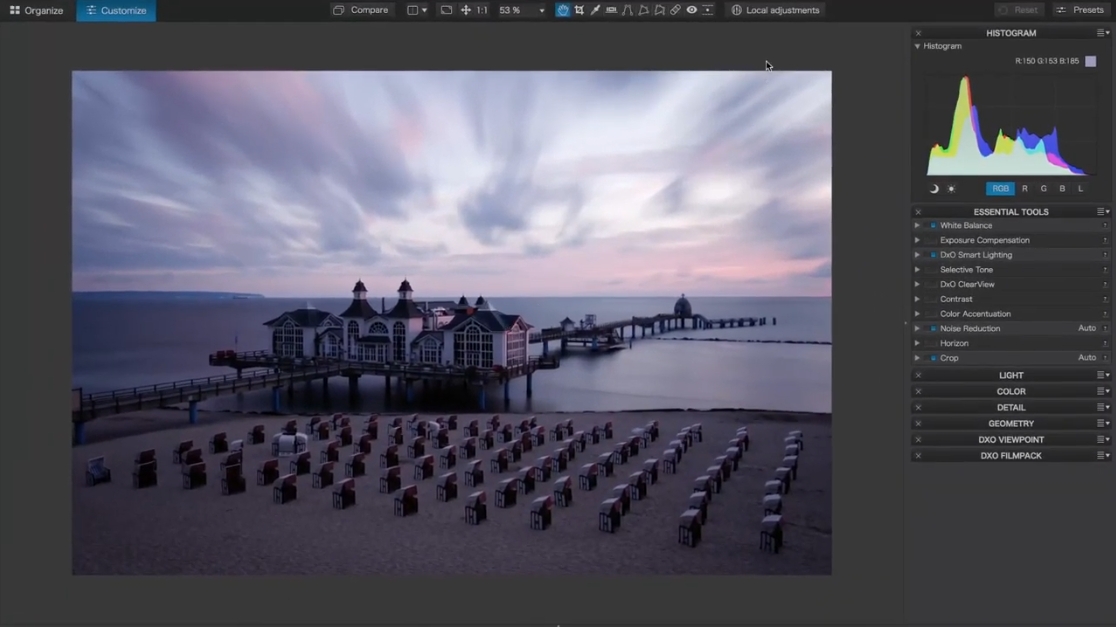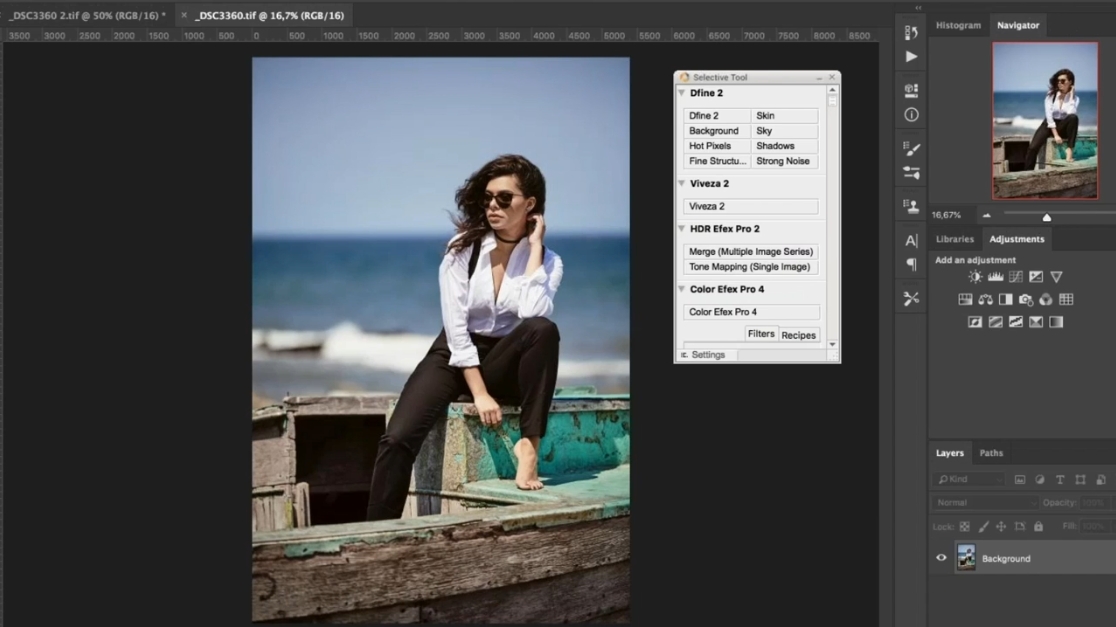

- Using photolemur 3 with adobe lightroom how to#
- Using photolemur 3 with adobe lightroom skin#
- Using photolemur 3 with adobe lightroom full#
- Using photolemur 3 with adobe lightroom mac#
Bottom figure left - photolemur 3 output, zoomed in on 2560x1440 screen, right out of the camera JPG.

Displayed here is a detailed record of all the changes made to the image. Luminar 3 export at the same resolution as original.

To undo an edit, or see a record of all the creative edits applied to this shot, expand the History panel. Learn more about using layers in Exposure in our non-destructive layers video. Other controls for layer masks include gradients for smooth, natural fades, and Color Constraints which define selections based on the hue, saturation, and luminance values in the image. The brush is a quick way to control layer masks in Exposure, which enable you to control what parts of an image are affected by your edits. For black and white images, Exposure can adjust the overall blend on either a color or black and white base image.Įxposure features a brush tool and a spot heal tool for photo retouching. This controls how the effect is blended with the original image. Once applied, if the effect is too strong, simply adjust the Overall Intensity to dial it back. This makes it easy to select a preset that enhances the photo. Hover over a few presets in the Presets panel to quickly evaluate a variety of looks. Dragging in each zone adjusts the associated slider on the Basic panel.Įxposure’s presets are great for achieving various effects, like converting to black and white. It can also be used to make tonal adjustments to your image. This applies a number of intelligent adjustments to the image, which you can use unmodified or refine further.Įxposure’s histogram helps you avoid lost detail in the shadows or highlights by indicating areas where clipping is occurring. For quick automatic adjustments to these basic sliders, use the Auto button. I’ll start with the Basic panel, which has controls for adjustments like exposure and saturation. Now that we have chosen a preset, we can make some refinements using the sliders on the editing panels. To compare the edits with the original, hold down the backslash key.
Using photolemur 3 with adobe lightroom full#
The small thumbnails display that effect applied to your image.Īs the cursor moves over each thumbnail, the large preview image in the center updates so you can see the effect at full size.
Using photolemur 3 with adobe lightroom skin#
There are a number of subtle color effects that make skin look smooth and healthy. The Color Films – Print – Low Contrast category is a great place to look. Portraits usually benefit from a preset with low contrast. You’ll find color and black and white films, focus effects, faded looks, lo-fi looks, and more. This is where to browse Exposure’s library of creative looks. Edit a Copy with Lightroom Adjustments will duplicate each image with the Lightroom edits applied, then will launch Exposure.Įxposure opens to its main window. Lightroom will bring up a dialog with edit options. To launch Exposure, right-click on one of the images and choose ‘Edit In’, and then ‘Exposure’ from the menu.
Using photolemur 3 with adobe lightroom mac#
Press Cmd on Mac or Ctrl on Windows and click each image to select it. With Lightroom open select the images to edit.
Using photolemur 3 with adobe lightroom how to#
It gives a brief tour of the UI, and suggestions for how to work. Photolemur includes an effect slider that allows you to tone down the effect between 0 and 100 percent.This video tells the first things to know when you’re starting to use Exposure with Adobe Lightroom. Photo Lemur 3 has brought in details in the lavender and added some warmth and structure to the sky. The example below shows a challenging RAW exposure of a lavender field at sunset. Photolemur produces more striking results on images that have pre-existing problems such as under-exposure.

Photolemure 3 in action Photolemur 3 example I tried Photolemur out on a number of photographs across a diverse style and in most cases the results are pleasing, achieving results that it would otherwise take some time to produce in a more traditional editing package such as Adobe Lightroom. You can purchase more ‘packs’ from the Photolemur web site. There are some presets included that give images certain ‘looks’ and these are fun to experiment with on various photographs. Photolemur does it exactly what it says in the tin - It enhances your photographs automatically and It does a pretty good job! If you are expecting a photo editing package you will be disappointed. Photolemur is touted as the world's first fully automated photo enhancer that makes all your images great automatically with the help of Artificial Intelligence. I recently got my hands on a copy of the excellent Photolemur 3 software.


 0 kommentar(er)
0 kommentar(er)
